What Binoculars See The Farthest ?
Binoculars with higher magnification and larger objective lenses generally have the potential to see farther. However, the actual distance you can see with binoculars depends on various factors such as atmospheric conditions, the size and brightness of the object, and the observer's eyesight. It is important to note that extremely high magnification binoculars may result in a narrower field of view and reduced image stability.
1、 Magnification power
The magnification power of binoculars determines how far they can see. Binoculars with higher magnification power can bring distant objects closer, allowing you to see them in more detail. However, it is important to note that there are limitations to how far binoculars can see, and simply increasing the magnification power does not necessarily mean that you will be able to see farther.
The farthest distance that binoculars can see is ultimately determined by a combination of factors, including the quality of the optics, atmospheric conditions, and the observer's eyesight. In general, binoculars with magnification powers ranging from 8x to 12x are commonly used for various outdoor activities, such as birdwatching, wildlife observation, and stargazing. These magnification powers strike a balance between bringing distant objects closer and maintaining a stable image.
It is worth noting that there are binoculars available with higher magnification powers, such as 20x or even 30x. However, these extremely high magnifications can be challenging to use effectively. The increased magnification amplifies any hand movements, making it difficult to maintain a steady image. Additionally, higher magnification binoculars often have narrower fields of view, which can make it harder to locate and track objects.
In recent years, there has been a trend towards using image stabilization technology in binoculars. This technology helps to counteract hand movements, allowing for more stable viewing even at higher magnifications. As a result, some binoculars with higher magnification powers may offer improved performance in terms of seeing distant objects.
Ultimately, the farthest distance that binoculars can see is not solely determined by magnification power but is influenced by various factors. It is important to consider the overall quality and features of the binoculars, as well as the conditions in which they will be used, to ensure the best viewing experience.
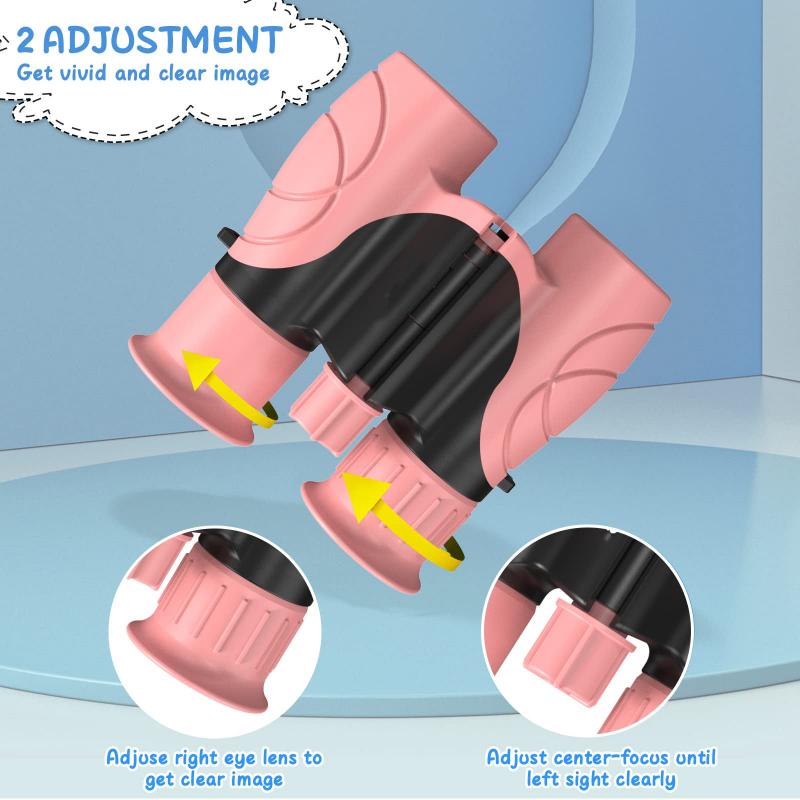
2、 Objective lens diameter
The objective lens diameter is a crucial factor in determining how far binoculars can see. The larger the objective lens diameter, the more light it can gather, resulting in brighter and clearer images. This, in turn, allows for better visibility of distant objects.
Binoculars with larger objective lens diameters, such as 50mm or 56mm, are generally considered to have better light-gathering capabilities and can provide a brighter image. This is particularly beneficial when observing objects in low-light conditions, such as during dawn or dusk.
However, it is important to note that objective lens diameter alone does not solely determine how far binoculars can see. Other factors, such as the quality of the lenses, coatings, and magnification power, also play a significant role in the overall performance of binoculars.
In recent years, advancements in lens technology and coatings have improved the performance of binoculars, allowing for better light transmission and image quality. Some manufacturers have introduced specialized coatings, such as anti-reflective coatings, to minimize light loss and enhance image clarity.
Moreover, the development of high-quality glass materials and lens designs has also contributed to improved long-range visibility. These advancements have allowed for sharper and more detailed images, even at greater distances.
It is worth mentioning that while binoculars with larger objective lens diameters may provide better long-range visibility, they can also be heavier and bulkier. Therefore, it is essential to consider factors such as portability and comfort when choosing binoculars for specific purposes.
In conclusion, while objective lens diameter is an important factor in determining how far binoculars can see, it is not the sole determinant. Advancements in lens technology, coatings, and overall design have significantly improved the long-range visibility of binoculars in recent years.
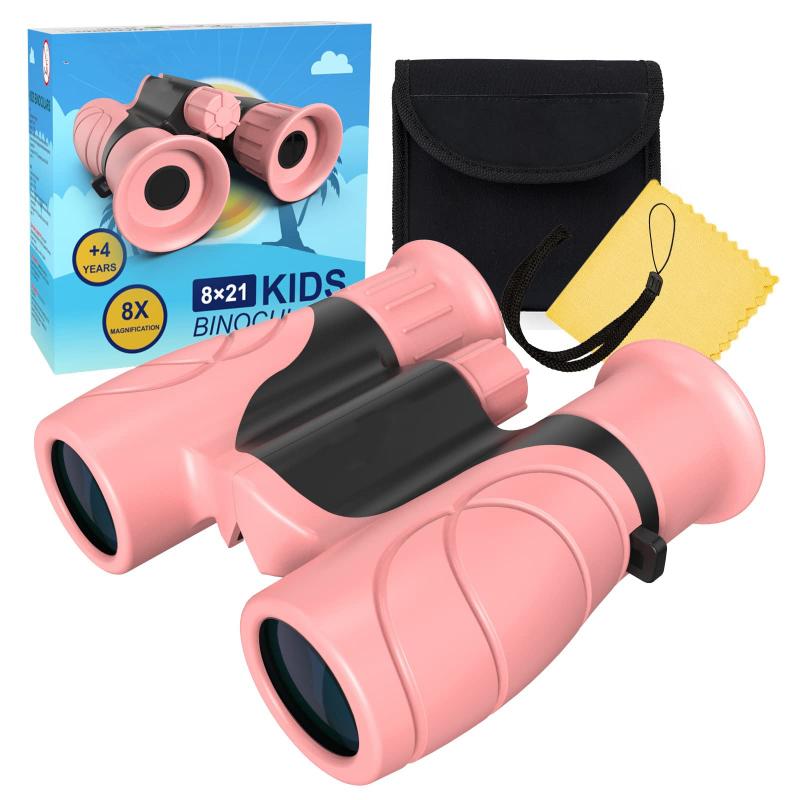
3、 Exit pupil size
The question of what binoculars see the farthest is a complex one, as it depends on various factors. One of the key factors to consider is the exit pupil size of the binoculars. The exit pupil is the diameter of the beam of light that exits the eyepiece and enters your eye. It is calculated by dividing the objective lens diameter by the magnification power of the binoculars.
In general, binoculars with larger exit pupil sizes tend to provide a brighter image, which can be advantageous when observing objects in low light conditions. However, when it comes to seeing the farthest, other factors such as the quality of the lenses, coatings, and overall design of the binoculars also play a significant role.
It is important to note that while exit pupil size is a consideration, it is not the sole determining factor in how far binoculars can see. Factors such as atmospheric conditions, the size and brightness of the object being observed, and the observer's own visual acuity also come into play.
In recent years, advancements in lens technology and coatings have allowed for improved light transmission and image quality in binoculars. This means that even binoculars with smaller exit pupil sizes can provide excellent long-distance viewing capabilities.
Ultimately, the farthest distance that binoculars can see is limited by the laws of physics and the capabilities of the human eye. While exit pupil size is an important consideration, it is just one piece of the puzzle when it comes to choosing binoculars for long-distance viewing.

4、 Optical coatings
When it comes to binoculars, the ability to see the farthest is determined by a combination of factors, with optical coatings playing a crucial role. Optical coatings are thin layers of materials that are applied to the lenses and prisms of binoculars to enhance their performance.
The primary purpose of optical coatings is to reduce reflections and increase light transmission, resulting in brighter and clearer images. By minimizing the amount of light that is lost due to reflection, more light can reach the viewer's eyes, allowing for better visibility of distant objects.
There are several types of optical coatings used in binoculars, including anti-reflective coatings, phase correction coatings, and dielectric coatings. Anti-reflective coatings are applied to the lens surfaces to reduce glare and improve contrast. Phase correction coatings are used on the prisms to correct phase shifts and ensure accurate color reproduction. Dielectric coatings, on the other hand, are applied to the prism surfaces to enhance light transmission.
The latest advancements in optical coatings have led to significant improvements in binocular performance. Manufacturers are constantly developing new coating technologies to maximize light transmission and minimize image distortion. For example, multi-layer coatings are now commonly used, which involve applying multiple layers of different materials to achieve optimal light transmission across a wide range of wavelengths.
It is important to note that while optical coatings play a crucial role in maximizing the distance at which binoculars can see, other factors such as magnification power, objective lens diameter, and overall optical design also contribute to the overall performance. Therefore, it is recommended to consider these factors in conjunction with optical coatings when selecting binoculars for long-distance viewing.
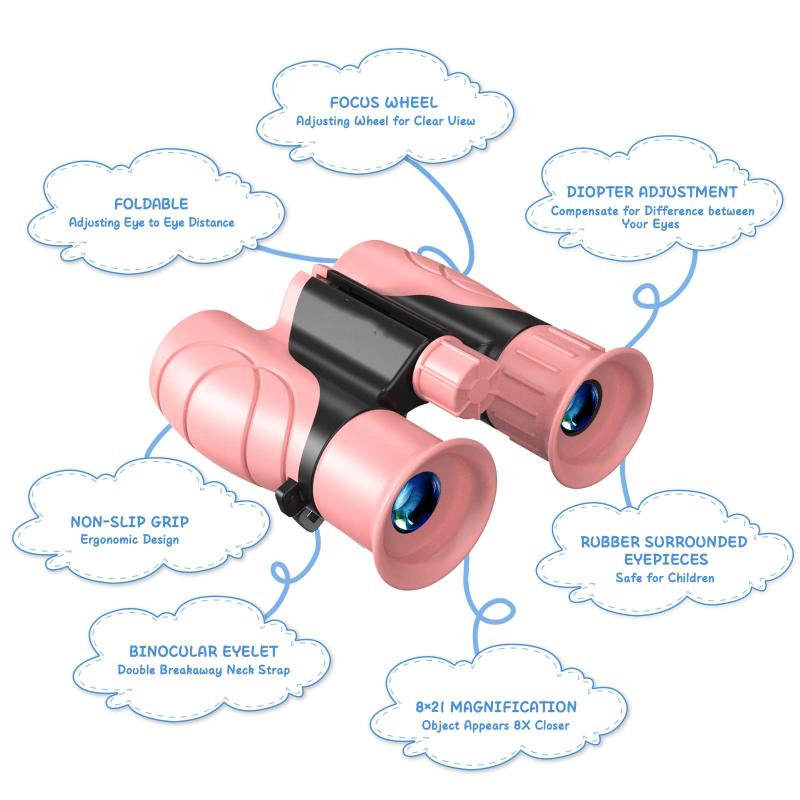











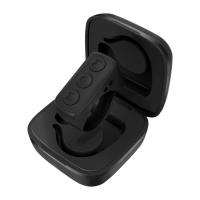
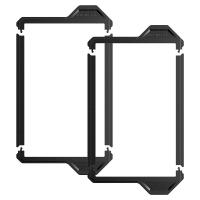

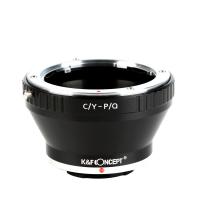
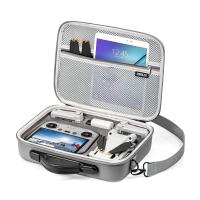
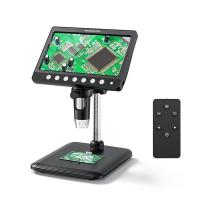



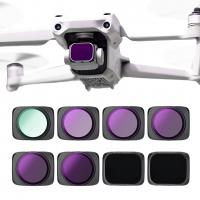
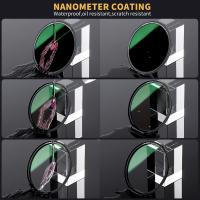
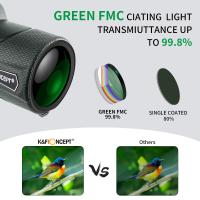
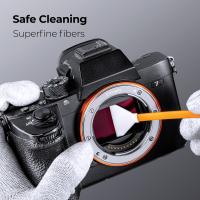
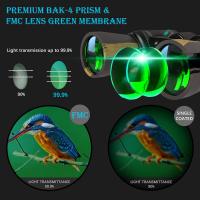

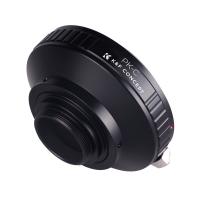
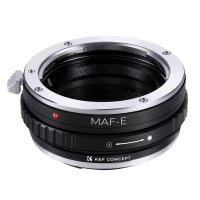

There are no comments for this blog.